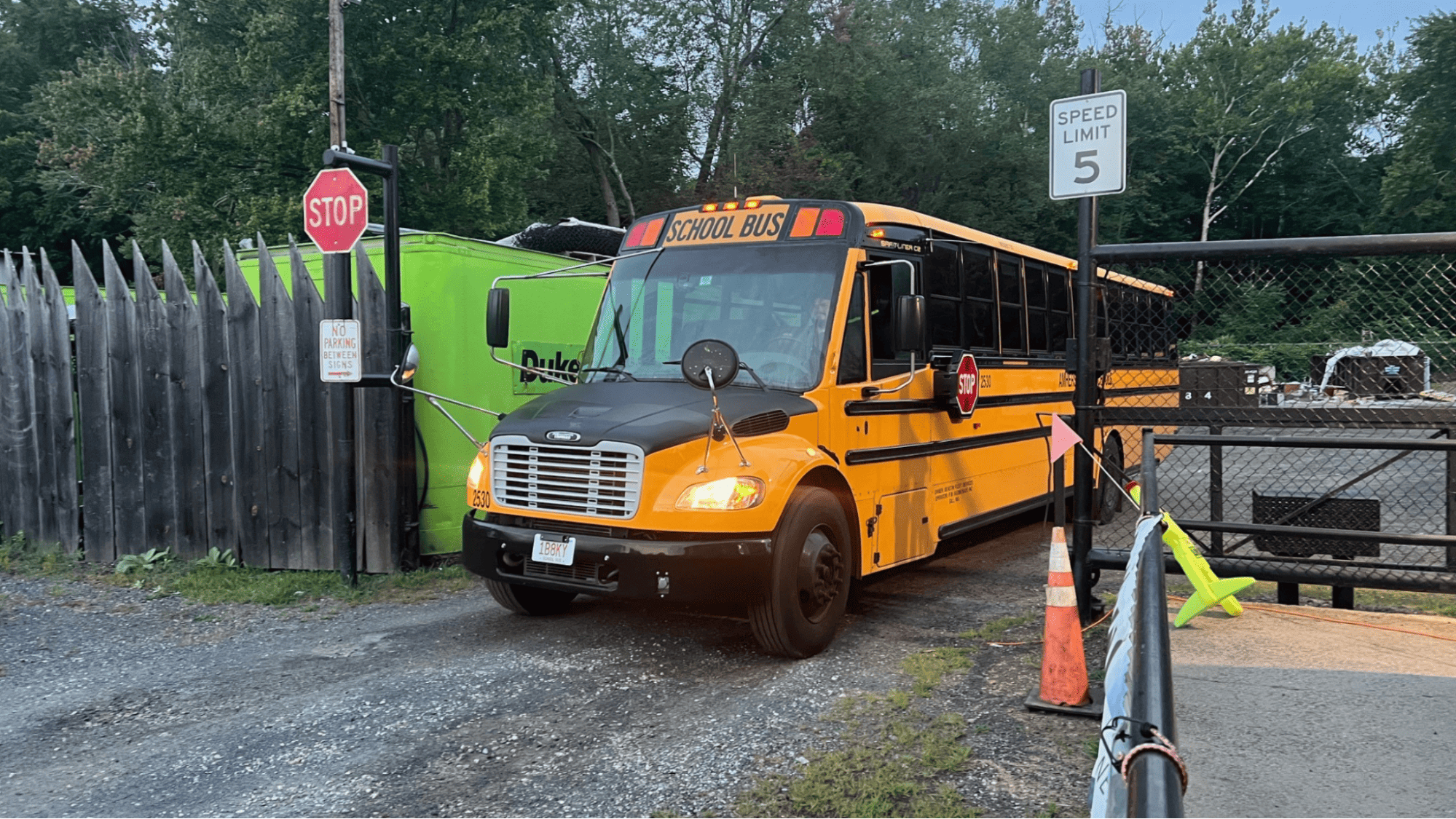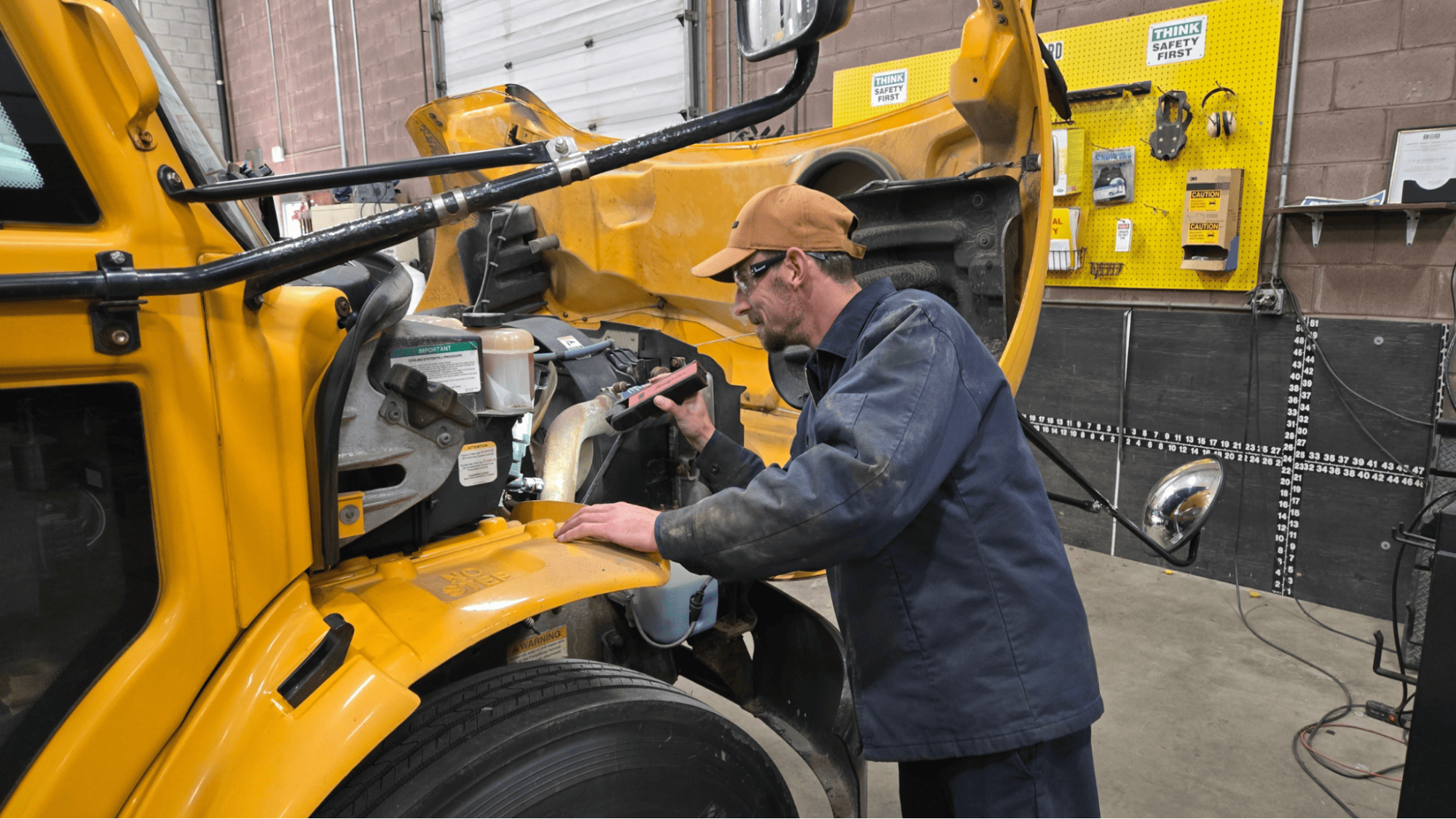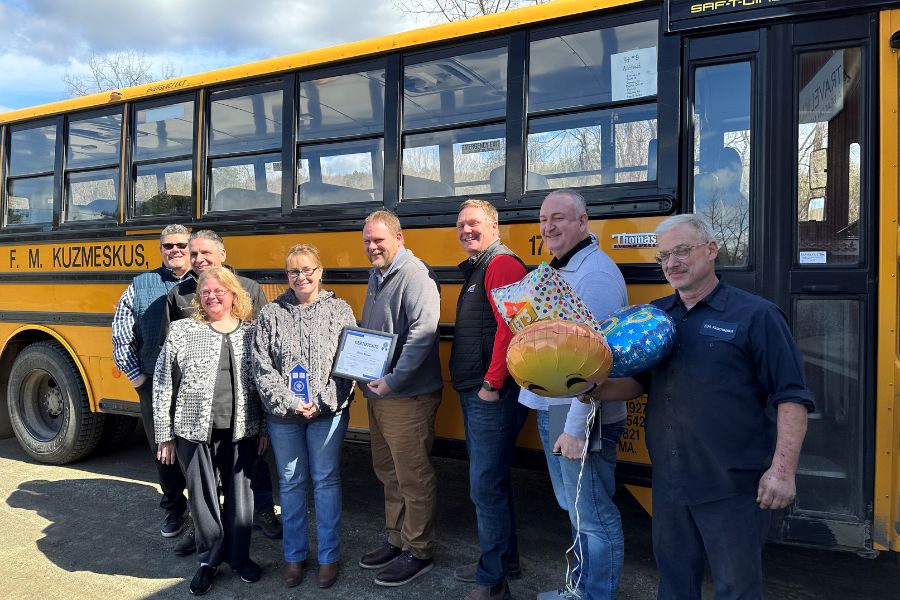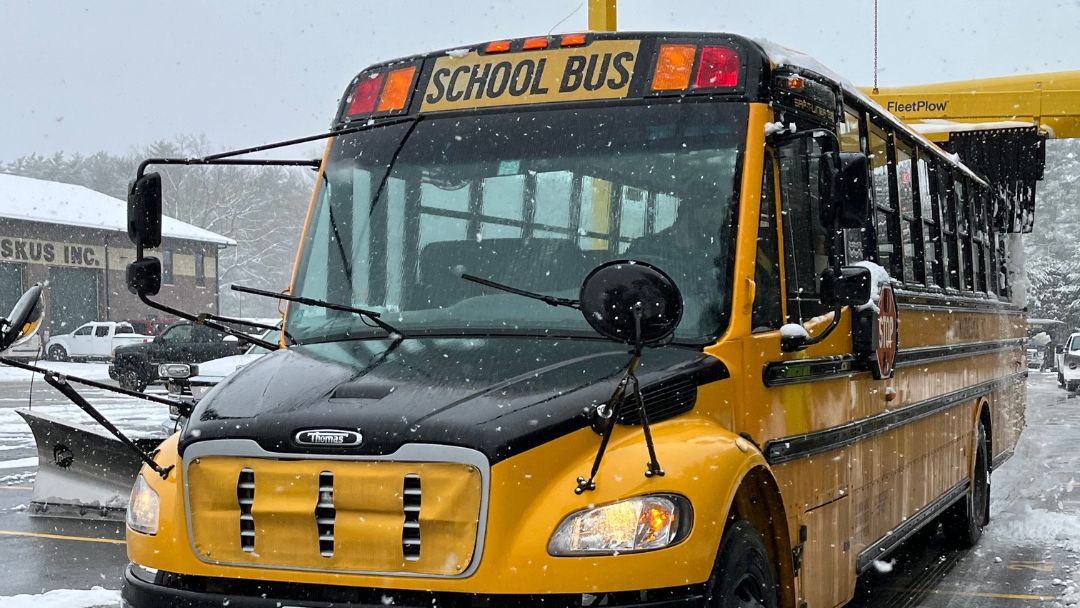When you’re moving thousands of attendees in and out of a festival, transportation isn’t just logistics — it’s the lifeblood of the entire event.
Smooth drop-offs. Clear signage. Coordinated flow. Without them, long waits and traffic jams can turn an unforgettable experience into an operational headache. That’s where charter bus coordination becomes a make-or-break factor — especially when your venue has multiple entry points.
At Travel Kuz, we’ve worked behind the scenes of concerts, seasonal festivals, and major sporting events to ensure seamless transportation across New England. This guide walks you through how to manage charter bus traffic, staging, and scheduling like a pro.
Why Charter Buses Are Critical to Festival Success
But that’s only part of the value. With professional drivers, dedicated routes, and spacious interiors, charter buses offer:
- A safer, more organized arrival process
- Better crowd control and security at gates
- An elevated attendee experience (rested, not stressed)
- Built-in group energy before the festival even starts
Done right, they support both operations and atmosphere.
Key Challenges with Multi-Point Drop-Offs
Festivals that use multiple entrances must think strategically. The more gates you use, the more potential you have for:
- Traffic confusion and missed turns
- Bottlenecks near popular entry points
- Communication breakdowns between drivers and staff
- Delays during peak arrivals or departures
Whether you’re running a two-day music festival, a one-night food & drink event, or a weekend market series, your transportation plan should account for entry point flow, driver coordination, and real-time adaptability.
Pre-Event Planning: Laying the Groundwork
Map Every Entry Point & Access Route
Start by mapping the site perimeter with clear access routes for each type of vehicle:
- Charter buses
- VIP shuttles
- Staff drop-offs
- ADA-accessible entries
Define staging areas (where buses hold before unloading) and loading zones (where passengers disembark). Staging zones should be large enough to hold multiple buses without blocking roadways — especially near peak arrival times.
If you’re expecting 100+ buses, plan for multi-lane bus loops, barricades, and a metering system for entry.
Coordinate with Local Authorities Early
Travel Kuz recommends that planners form a Transportation Task Force that includes:
- Local police and traffic officers
- Municipal transportation officials
- Venue operations managers
- Emergency services
This team helps secure necessary permits, plan traffic signals and detours, and define emergency access routes. These conversations should begin 3–6 months in advance, minimum.
Designate Zones by Bus Type
To minimize confusion:
- Separate VIP or sponsor buses from general admission
- Assign staff and volunteer routes that don’t conflict with main flows
- Include signage for group tours, ADA passengers, and media credentials
Each drop zone should have clearly marked signage well in advance of the entry point — ideally with staff directing traffic on approach roads.
Build a Scalable Drop-Off Schedule
Gate open times, headline acts, and event schedules all affect when attendees arrive. Use:
- Staggered arrival times on tickets
- Shuttle loops instead of fixed routes
- Wave schedules based on group size or bus provider
Build buffer time between scheduled drop-offs — and always expect last-minute delays due to traffic, weather, or staging congestion.
On-the-Ground Execution: Keeping the Flow Moving
Staff Every Entry Point with High-Visibility Teams
Each gate needs trained staff who understand:
- Which buses belong where
- What to do if a bus arrives early or late
- How to manage overflow, rerouting, or emergency response
Equip them with radios, route maps, and a direct line to the event’s central dispatch.
Real-Time Driver Communication
At Travel Kuz, our dispatchers use GPS-enabled tracking and direct contact with drivers to provide:
- Up-to-the-minute gate assignments
- Rerouting instructions if congestion develops
- Drop-off confirmation for each bus
Your event team should have access to a central communication hub with visibility into what’s happening at all gates.
Manage Pedestrian and Vehicle Flow Safely
To avoid mixing foot traffic with moving buses:
- Use cones, barriers, and signage to separate lanes
- Create pedestrian-only areas at peak ingress/egress times
- Use flaggers to direct crosswalks and prevent crowd buildup near staging zones
ADA accessibility, family-friendly walkways, and emergency paths should all be clearly marked and monitored throughout the event.
Post-Event: Managing Departures with Precision
When your headliner wraps up, the real test begins. Thousands of attendees heading to the exits at once can cause gridlock — unless you plan ahead.
Use Staggered Departure Windows
To spread out crowds:
- Close secondary stages 20–30 minutes apart
- Offer late-night food or vendor activations near exit gates
- Give campers or overnight guests designated departure times
The key is to break up the exodus into manageable waves.
Meter Departures from Holding Zones
If multiple buses are waiting to load, keep them in offsite holding zones and release them one at a time. This:
- Reduces onsite congestion
- Allows safe pedestrian clearance
- Keeps crowd control staff focused on specific zones
Large festivals (10K+ attendees) often rotate bus loading lots using walkie coordination or mobile app updates.
Ensure Safe Pedestrian Exit Paths
As darkness falls or crowds swell, safety comes first. Create wide, well-lit walkways leading back to bus zones. Block vehicle movement until pedestrian surge clears. Use staff with light wands or batons to guide groups.
Post-Event Review: Learn, Adapt, Improve
Great events always involve reflection. After the festival:
- Survey drivers for on-the-ground feedback
- Talk to city officials about traffic and impact
- Ask attendees about their arrival/departure experience
- Document lessons learned for the next event cycle
A strong debrief = a smoother next year.
Final Thoughts: Make Your Transportation Strategy Invisible (In a Good Way)
At Travel Kuz, we help event organizers of all sizes design transportation plans that blend into the experience — not distract from it. With expert drivers, regional knowledge, and over 95 years of charter experience, we know how to manage complex operations with a human touch.
Let’s get your festival moving the right way.
Planning Charter Transportation for an Upcoming Festival?
Let Travel Kuz handle the routes, timing, and crowd flow — so you can focus on the main event.
CALL US TODAY! or Request a custom quote.







